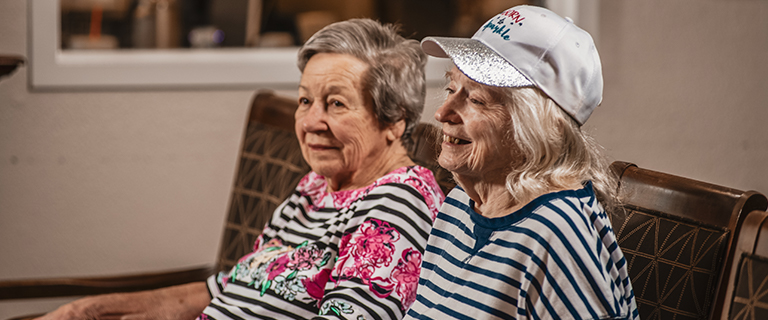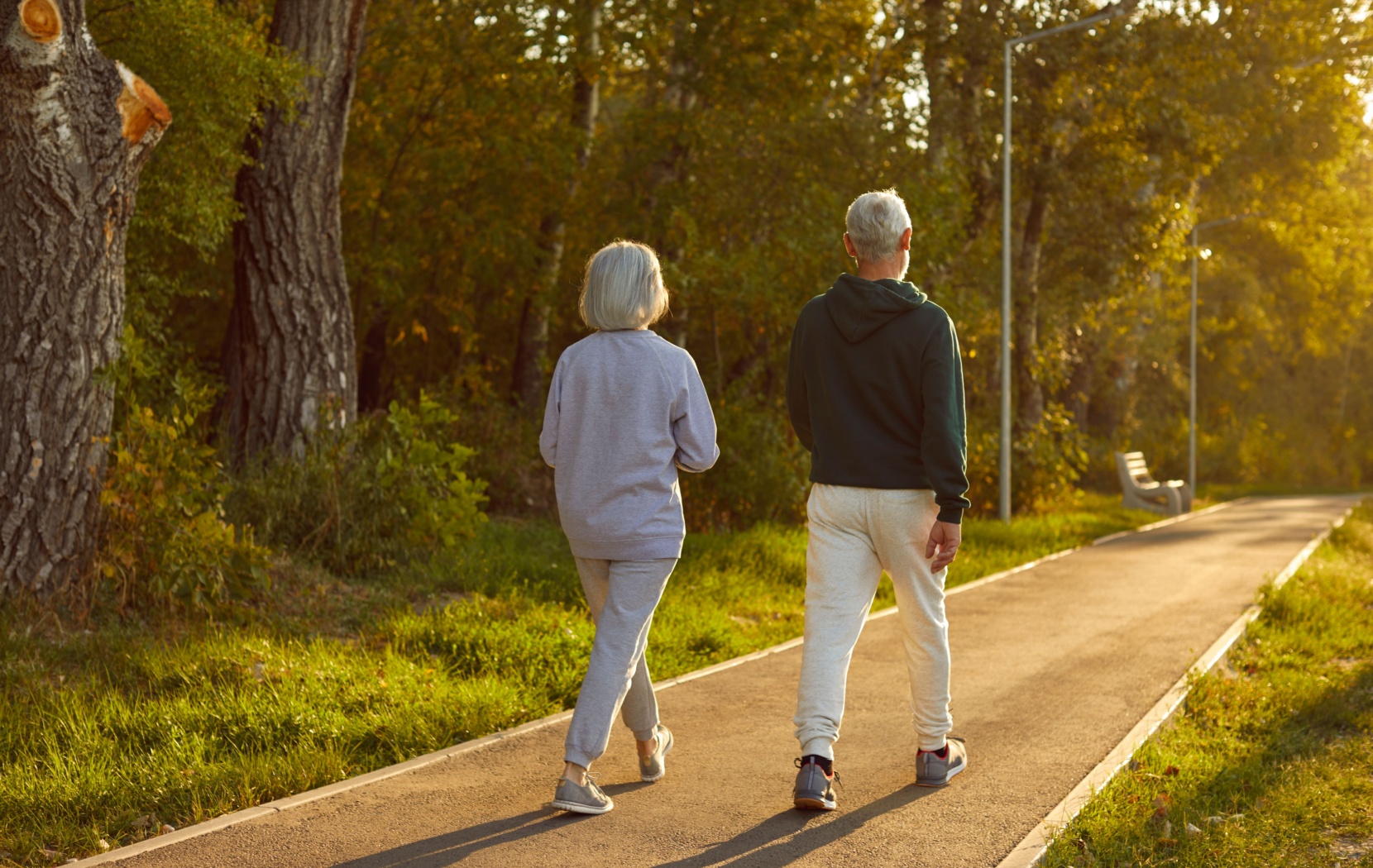Aging brings many changes, but one thing that remains critical to overall health and happiness is physical activity. While the intensity of exercise may adjust with age and lifestyle, the need for movement doesn’t fade. For seniors, staying active is crucial for maintaining a high quality of life, and one of the simplest and most beneficial forms of exercise is walking.
Walking is great for seniors because it’s a low-impact activity that offers a range of physical and mental health benefits. It’s also easily accessible, requiring no special equipment or financial commitment.
Why Walking is a Top Choice for Seniors
Walking provides numerous benefits. Because it doesn’t require intense effort, walking is also ideal for older adults looking to stay active. Below are just a few of the reasons walking stands out among other forms of exercise for seniors.
Stabilizes Blood Sugar
As we age, our bodies become more sensitive to blood sugar fluctuations, increasing the risk of diabetes and other related conditions. Walking, however, can help regulate blood sugar levels. A brisk walk after a meal encourages muscles to use glucose for energy, naturally stabilizing blood sugar levels. Over time, consistent walking can create significant improvements in managing glucose levels for seniors.
Supports Heart Health
Heart disease is a leading health concern for seniors, but regular walking has been shown to improve cardiovascular health. According to the National Heart Foundation, walking for at least 30 minutes a day can reduce the risk of heart disease and stroke by up to 35%. Walking helps strengthen the heart, lowers blood pressure, and improves circulation, making it an excellent tool for heart health management.
Relieves Joint Pain & Improves Mobility
Aging often brings aches, pains, and stiffness, especially in the joints. Walking helps keep the joints limber by improving blood flow and reducing inflammation, which is one of the main drivers of joint pain. Regular movement can also help seniors maintain strength in the muscles around their joints, improving mobility and quality of life.
It’s Accessible & Free
One of walking’s greatest advantages is its accessibility. Unlike gym memberships or specialized fitness programs, walking requires no special equipment or fees. It can be done anytime or anywhere, whether that’s a quiet residential neighborhood, a local park, or a walking trail. For seniors on a budget, walking offers a cost-free way to stay physically active and reap numerous health benefits.
Boosts Mental Health
Walking doesn’t just improve physical health; it also has a significant impact on mental well-being. Regular walks can reduce symptoms of anxiety and depression, particularly when done in natural settings like green spaces or gardens. For seniors, walking can also be a wonderful social activity. Strolling with friends or family provides opportunities to connect and build relationships, which helps combat feelings of loneliness and isolation.
How Much Should Seniors Walk?

The Centers for Disease Control and Prevention (CDC) recommends that adults aged 65 and older get at least 150 minutes of moderate-intensity exercise per week. For walking, this could translate to 30 minutes a day, five days a week, at a brisk pace.
Alternatively, seniors can engage in 75 minutes of more vigorous activity per week, such as hiking or power walking, but that may not be feasible for everyone. Walking routines should always be tailored to individual fitness levels and abilities. Some seniors may start with shorter walks and gradually build up the duration and intensity over time.
Start with Your Doctor’s Advice
Before starting any new exercise routine, seniors should consult with their doctor, who can assess their current health and recommend an appropriate walking schedule that maximizes benefits while minimizing the risk of injury.
Doctors may also provide recommendations for supportive footwear or suggest adjustments to ensure comfort and safety, for example, walking indoors on treadmills or at shopping centers during extreme weather conditions.
Signs of Overexertion
While walking is gentle and low impact, it’s still possible to overdo it. Seniors should listen to their bodies and watch for signs that they may be pushing themselves too hard. Warning signs include:
- Persistent pain that doesn’t improve with rest
- Chest pain or difficulty breathing
- Dizziness or lightheadedness
- Blisters or sores on the feet that won’t heal
If any of these occur, it’s important to stop walking and consult a doctor before resuming the activity.
A Community That Encourages Healthy Living
At Parsons House La Porte, we’re dedicated to creating an environment that promotes health, happiness, and independence for our residents. Our community offers a variety of amenities, including well-maintained paths to walk on, to encourage seniors to stay active and social. If you’d like to learn more about how Parsons House La Porte supports healthy living for our residents, schedule a tour today! Together, we can take meaningful steps toward a healthier, happier future.



